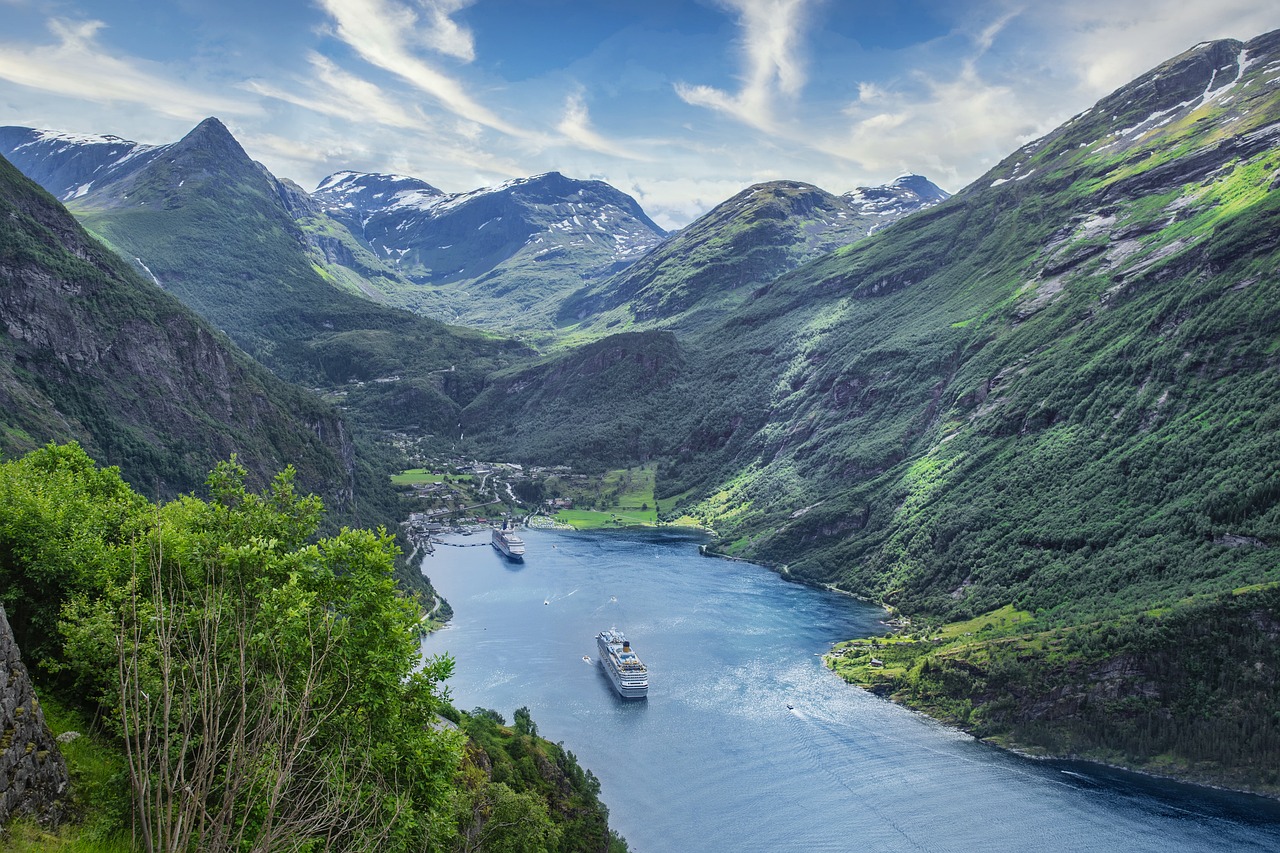
The revival of river cruises in Central and Eastern Europe (CEE) is ushering in a new era of tourism, marked by a blend of economic rejuvenation and cultural rediscovery. This resurgence is particularly significant for countries through which major European rivers like the Danube, Elbe, and Vltava flow. These waterways, once bustling trade routes, are now becoming the lifelines of a flourishing river cruise industry, offering unique perspectives on the region’s rich history, culture, and natural beauty.
The Danube, Europe’s second-longest river, running through countries like Hungary, Slovakia, and Romania, is at the forefront of this revival. River cruises along the Danube are increasingly popular, providing tourists with the opportunity to explore the historical cities of Budapest, Bratislava, and Bucharest. These cruises contribute significantly to local economies, bringing tourists into the heart of these cities, where they spend on accommodation, dining, and entertainment, thereby supporting a wide range of businesses.
In Hungary, for instance, river cruises have become a cornerstone of the country’s tourism industry. Budapest, with its iconic riverfront, has seen a surge in visitors arriving by river. This influx has spurred growth in the hospitality sector and promoted the preservation of cultural sites. The economic benefits extend beyond the capital, with cruises stopping at lesser-known destinations like the wine region of Tokaj, boosting local economies.
Slovakia’s capital, Bratislava, situated on the banks of the Danube, is also reaping the benefits of the river cruise boom. The city has invested in upgrading its river port facilities and infrastructure to accommodate the growing number of cruise visitors. This investment not only supports the tourism sector but also enhances the city’s connectivity and appeal as a cultural destination.
The Elbe River, flowing through Czechia and Germany, offers another route for river cruises. Cities like Prague and Dresden have experienced a rise in tourist numbers, thanks to river cruise itineraries that include these cultural hubs. The cruises offer visitors a unique way to experience the architectural and historical treasures of these cities, contributing to the growth of cultural tourism.
In Romania, the Danube Delta, a UNESCO World Heritage site, is becoming an increasingly popular destination for river cruises. These cruises offer a glimpse into the region’s unique ecosystems and traditional fishing villages, providing an economic stimulus to these remote areas while raising awareness of the importance of environmental conservation.
The revival of river cruises in CEE is also impacting the region’s cultural landscape. These cruises often include onboard cultural programmes featuring local music, dance, and cuisine, offering passengers an immersive cultural experience. Additionally, they often collaborate with local cultural institutions, museums, and art galleries, fostering a deeper understanding and appreciation of the region’s rich cultural heritage.
However, the growth of river cruising in CEE also poses challenges, particularly in terms of environmental sustainability. There is a growing emphasis on ensuring that the expansion of river cruises does not adversely affect the region’s delicate river ecosystems. Cruise operators and regional governments are therefore increasingly focusing on sustainable practices, such as using cleaner fuels and reducing waste.
The resurgence of river cruises in CEE represents a confluence of economic opportunity and cultural enrichment. As these cruises continue to grow in popularity, they offer a sustainable model for tourism that benefits local economies while allowing visitors to explore the rich cultural tapestry of Central and Eastern Europe in a unique and engaging way.






